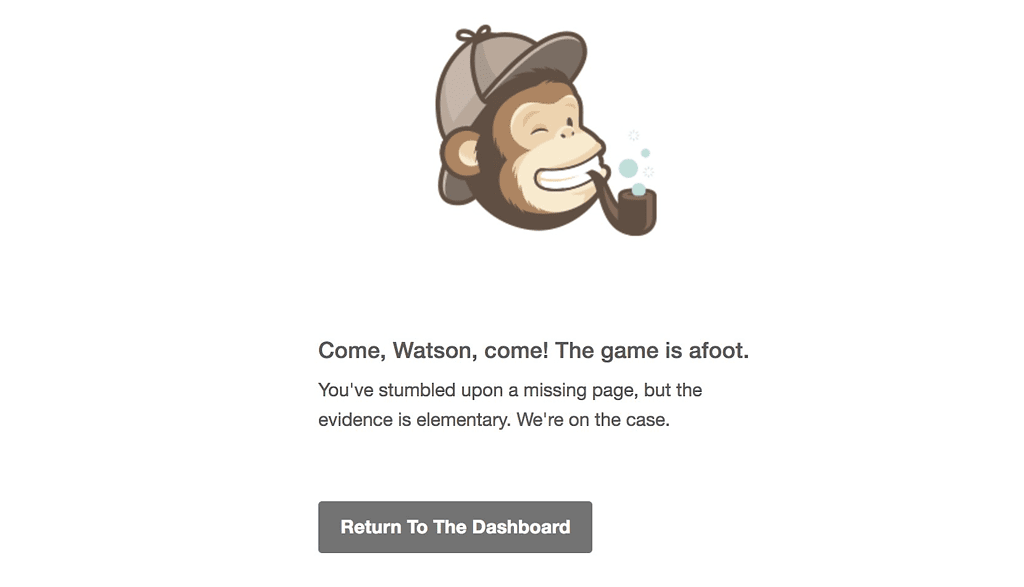By Charlotte Mee – marketing manager
First up, let’s identify what a brand strategy is and how it differs to a marketing strategy. Brand strategies capture and communicate the essence of a brand both through its visual branding and the communication of its values, ethos and the story behind why you exist in the world. Done well, it should be a reflection of your brand over the longer term that builds connections with its key audiences and ultimately inspires long-term loyalty. It is a holistic strategy that holds up every department – from HR and product development to sales and customer service. At every touchpoint between a customer and the brand, the values should be lived and breathed for a consistent brand experience.
This differs to marketing strategies in that they are a function of the overall brand strategy. They are the short-term tactical implementations designed to communicate key brand messages, but also deliver tangible commercial growth for the business. This means that marketing strategies are a lot easier to measure from a performance perspective compared to brand strategies, but both are an integral part of making a brand successful over the long-term.
Top 3 elements that make up a strong brand strategy
1. Brand story
We build connections with brands that have a compelling backstory which resonates. A brand story is made up of a brand’s origins, beliefs and values as well as its business objectives and how it wants to play its part in shaping the world. Our desire to build connections through storytelling is a part of human nature and therefore it’s crucial to leverage this from a business perspective to support long-term growth and a loyal customer base.
When looking to define and encapsulate such a fundamental aspect of your business, a workshop facilitated externally away from your day-to-day working location and attended by a cross-section of team members across departments is the perfect way to start. The space away, having an external perspective that challenges the status quo and creating an open forum for discussion across teams helps to gain buy-in and make teams feel invested in, heard and empowered to shape the brand ethos.
It’s important to go back to basics and focus on why the business was created in the first place, what pain points did its founders want to alleviate, what do teams take pride in, what do your people excel at and what values do you want them to exercise in their everyday working life. This is the platform for all of this foundational stuff to be unpacked. It’s also wise to audit your closest competitors to understand how you differentiate and profile your core customer groups to ensure your story is aligned with the motivations and sentiments of your audiences.
2. Brand voice
Once you have defined your story and the values you want to communicate with your audience, it’s time to determine the voice with which you convey these messages. Put simply, your brand voice is the way you sound. Brand voice and tone of voice can often be used synonymously however voice is your brand’s personality described in an adjective or set of adjectives like confident, brash or supportive. It should be consistent. Tone on the other hand, flexes depending on the nuances of the channel, the audience you are targeting and subject matter. In any event, it should always sound like your business.
With so many purposes for communications, platforms to communicate across and competitors to differentiate from, ensuring it’s done so with consistency is crucial.
Starbucks is a perfect example of combining two important communicative styles as part of their brand voice. In their own words this is defined as:
‘The Starbucks voice is functional and expressive’
Starbucks want to ensure the experience in every coffeehouse is consistent and easy to navigate while the expressive aspect of their voice allows their creativity to flourish when showcasing new campaigns, or new product launches with the core aim being to entice and excite their audiences.
Another example is Mailchimp:
‘We are clear, genuine and with a dry bit of humour’
When applied to communication this might sound like:

While not all businesses can have this much fun and freedom with their brand voice, the key thing here is to be consistent and be able to clearly define how your brand speaks in a single sentence.
3. Visual brand
Creating a visual representation of your brand that is unified with your core messaging and brand identity is also part of building an emotional connection and supports brand recall.
You should work closely with an experienced designer to create a compelling, memorable and distinct visual identity that not only leverages a logo, colour palette and typography but also photographic style, shape, lines, texture and framing as part of the broader brand toolkit at your disposal. This means that you can keep branded content looking varied, fresh and interesting while retaining that all important consistency.
Brand colours are important in signifying emotions, for example blue represents characteristics like trust, security, confidence, a sense of order and loyalty, whereas red exudes excitement, passion, urgency and love. Furthermore, green reflects a sense of harmony, growth, it reassures and feels kind whereas orange is about being sociable, playful, optimistic, brave and liberated. Colour should be very carefully considered so that it induces the right emotions from people when they connect with your brand.
Typography can also drastically change the look and feel of a brand. A serif typeface – which has short lines stemming from the upper and lower ends of a letter’s strokes – is often chosen to reflect a brand that is classic, established and formal, whereas a sans serif font is designed to make a brand feel minimalist, contemporary, friendly and accessible. Think about the ways you would like your core audiences to perceive your brand when contemplating your company font.
Special consideration needs to be paid to all of the above and how they can translate across a range of touchpoints and collateral in print and digital mediums.
Create a brand book
Once your brand identity is locked down from a visual and a messaging perspective, it’s important to distill this into a brand book that internal teams and third-party agencies can use to ensure consistency in every aspect of marketing communications. This is also a useful guide from which to recruit potential employees ensuring cultural fit and alignment with the company ethos.
Talk to our branding experts
Careful consideration of each of these aspects will ensure a brand identity that stands the test of time. If you have a new brand to launch or are in need of a reset, our brand team can support you through the process. From brand workshops, developing brand messaging and visual identity creation, to marketing strategies and coordination, we have the expertise to support you.
Contact us today and find out how we can support your team, help to meet your business goals and implement your branding strategy.




